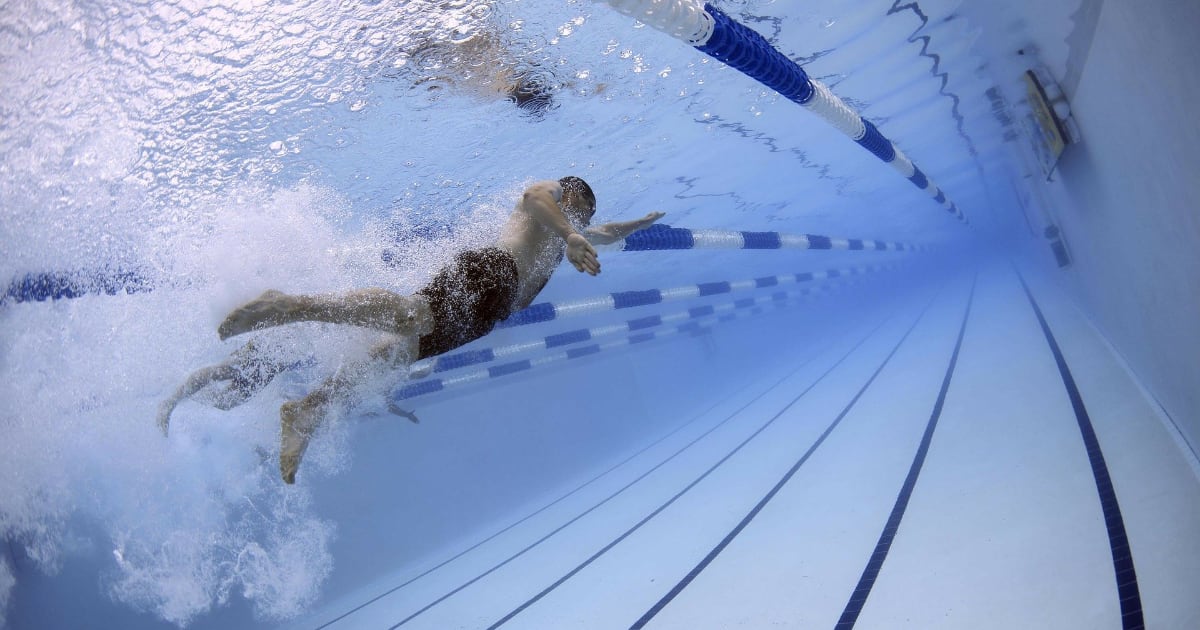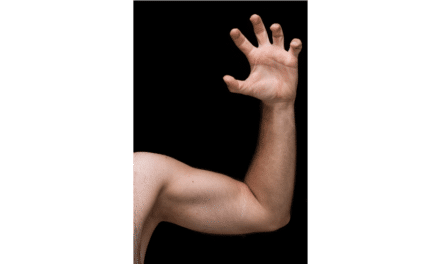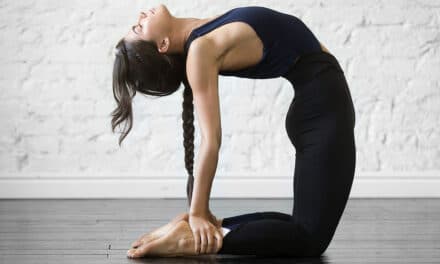Swimming has to be my favorite physical activity ever since I was a kid. Since I lived in Australia, I lived approximately five minutes away from the closest beach and loved every second. When I was young, I was apart of nippers (training to be a lifeguard when you are young) and did swimming lessons twice a week for school. I fell in love with ocean pools, ocean waves, and traditional pools in which I could swim. Over the past few years, I have discovered how incredible swimming is due to the lack of gravity and tension placed in your body while you are swimming. It was ironic that my favorite sport was the best sport possible for muscular dystrophy, and I am incredibly grateful for that. I have a great pool outside of my house in which I swim laps every single day.
As I said, swimming does not place much tension on your muscles, joints, bones, and entire body. It is a low impact physical activity that people recommend to do throughout their lives. Swimming is a good way to tone your whole body (keep in mind the focus is not necessarily building muscles, but strengthening the ones you have). It works your entire body and is a cardio workout that can improve your cardiovascular system, endurance, enhanced range of motion, and stretch your muscles. I find that swimming is a great way to let my thoughts flow through my mind, reduce stress, and focus on what matters.
There are four traditional strokes you can do for swimming: butterfly, freestyle, breaststroke, and backstroke. When I swim, I do four laps of freestyle and then do breaststroke, butterfly, and backstroke. On top of these four strokes, I like to use a kickboard or hold onto the side of my pool and kick ferociously for as long as I can. I will not go into detail about the strokes because I do not think I can explain it well enough to teach you instantly, I would recommend using swimjim’s article called “8 Different Swimming Styles and Strokes” or looking into finding a swimming instructor to help you. You can also do a form of breaststroke on your back doing the same technique, but being on your back. Some other fun strokes include rotating from your back and stomach, performing both freestyle end backstroke at the same time. The point is, there are many strokes that you can complete and can be used to swim.
The most significant benefit you can find from swimming is that it forces you to improve breathing techniques. Your cardiovascular system will improve, and muscles in control of breathing are increased by doing this low impact form of exercise. Since swimming tones your body, you will find an increase in your strength and notice that your muscles look stronger. The stronger muscles will help enhance your posture, your endurance, reduce the chance for injuries, and improve your body perform in other physical activities. The activity is a great way to lose weight and can be fantastic for people with muscular dystrophy as steroids increase our appetite and can have negative consequences on your body. The fact that it improves the muscles in our body safely help counteract negative symptoms from the disease.
Swimming is my entire life and has influenced the fact that my favorite animal is a dolphin. I swim every day on holidays, but at least four times a week when I am in school and cannot describe how amazing it makes me feel. Without swimming, I do not know where I would be now because I Iove doing sports, and swimming has enabled me to do that following my diagnosis. I could continue to explain how revolutionary swimming has been for my life, but I want you to see it for yourself. After my diagnosis, I began swimming around more consistently, spending at least six hours every week. The physical aspect of my body is enhanced (primarily due to swimming) and allows me to live the healthy lifestyle I am in currently. Trust me when I say that swimming can change your life.





